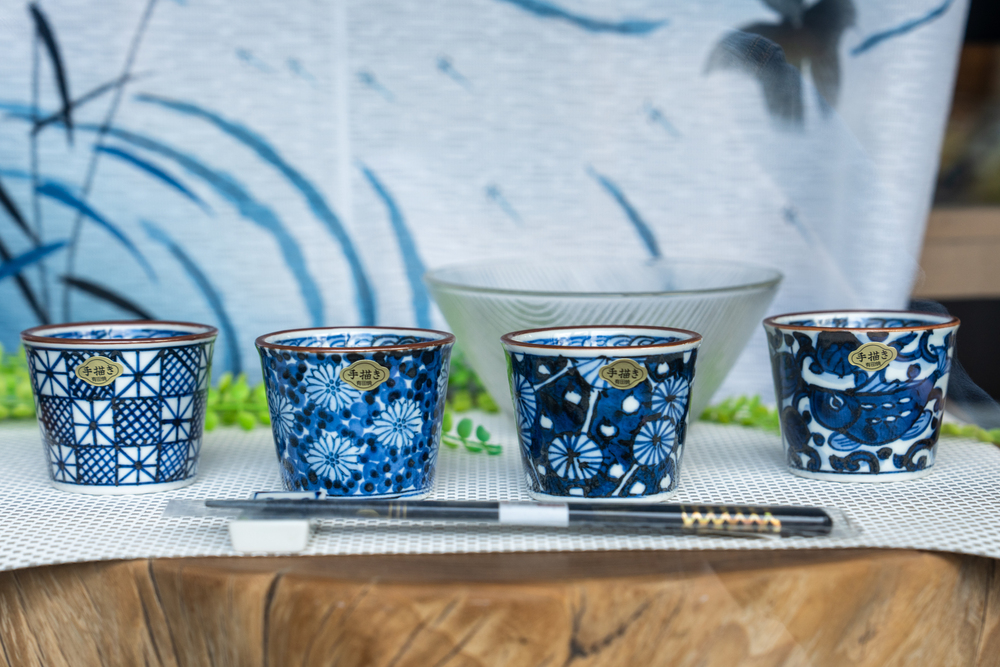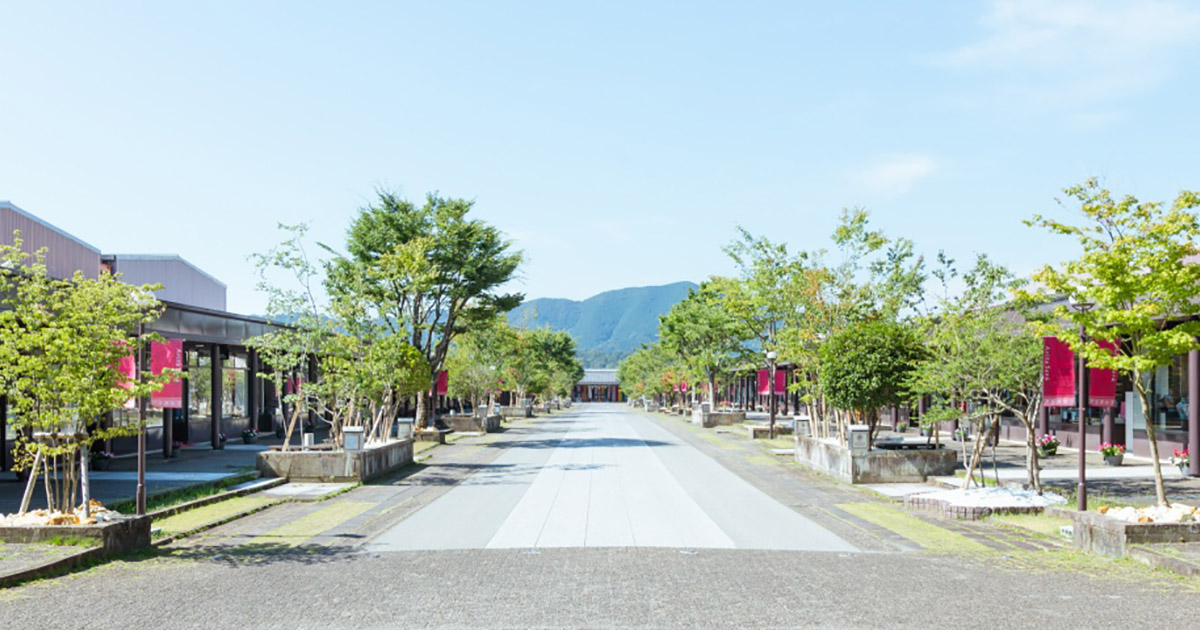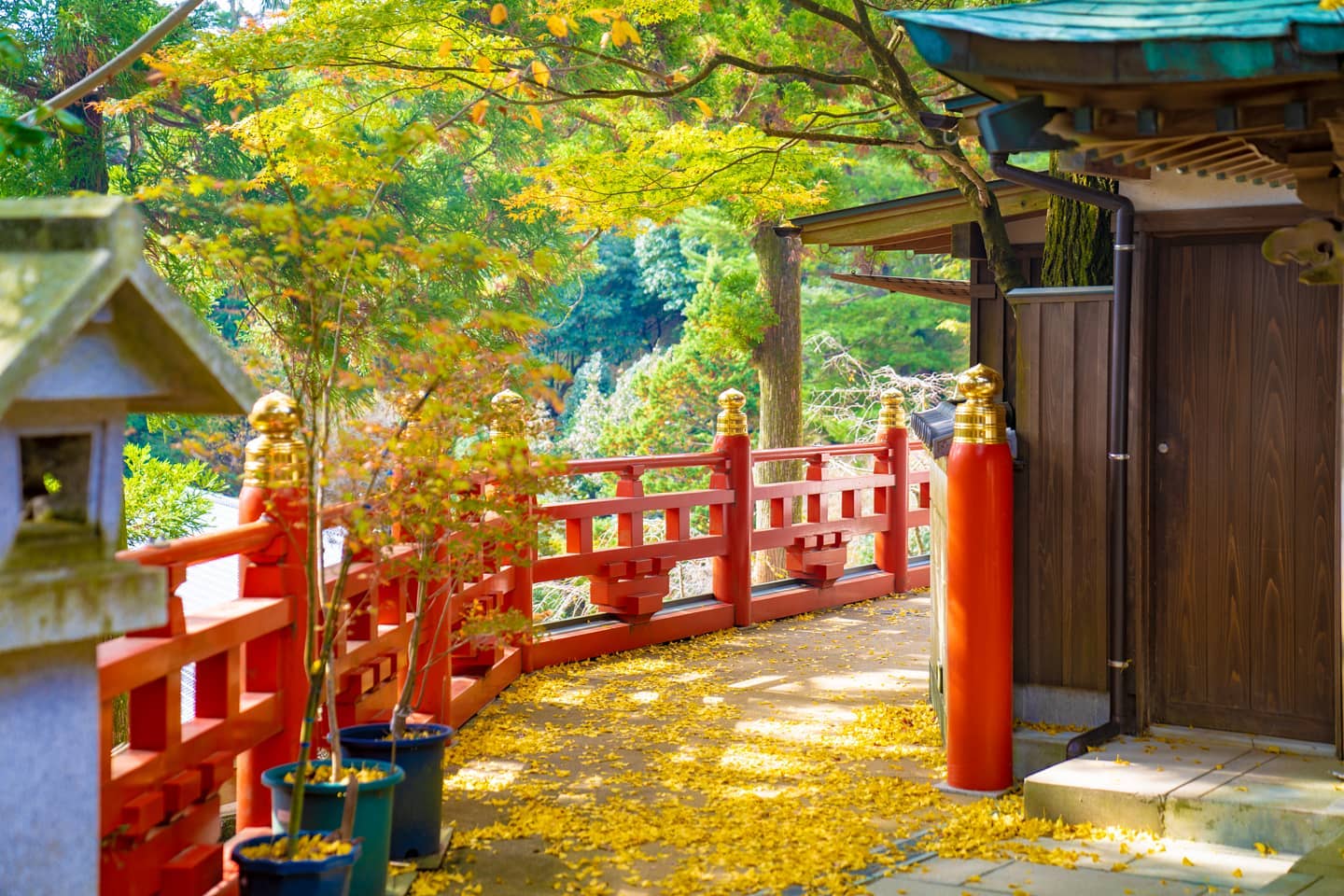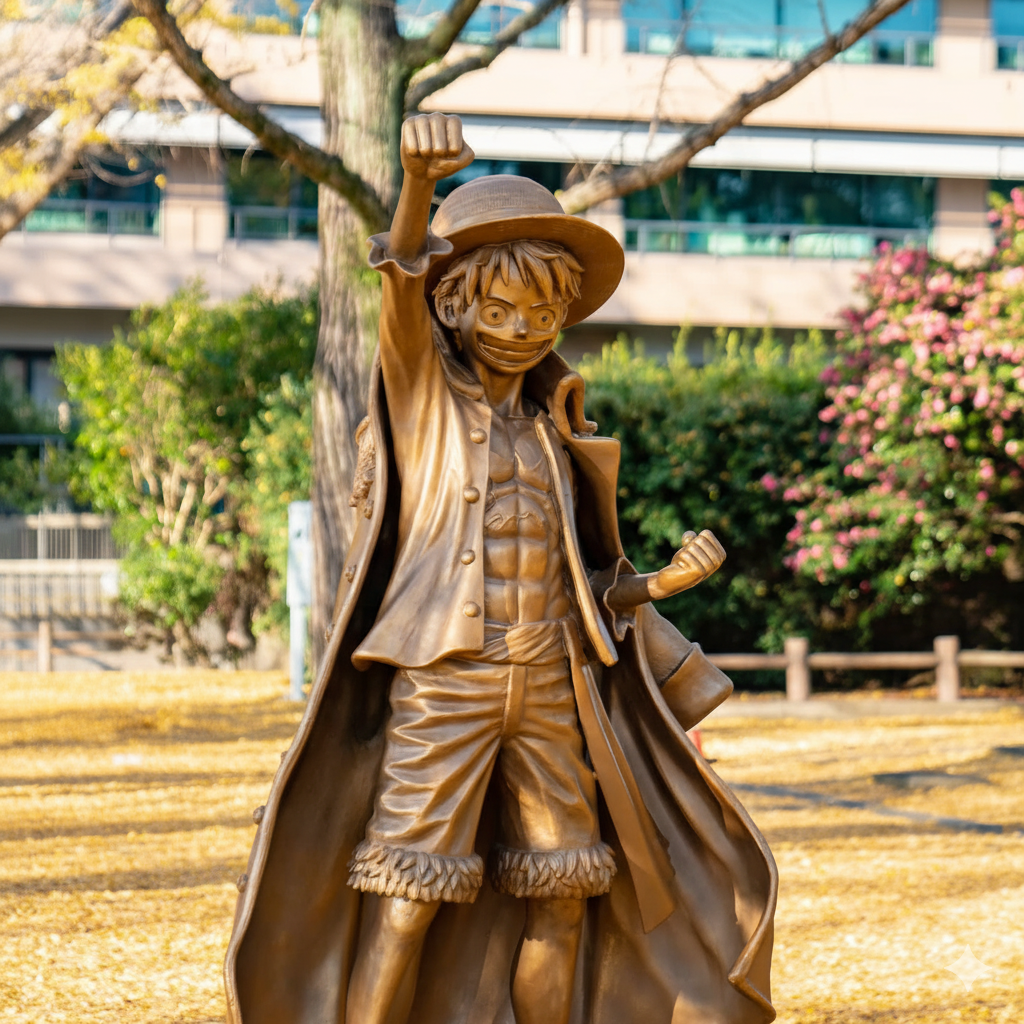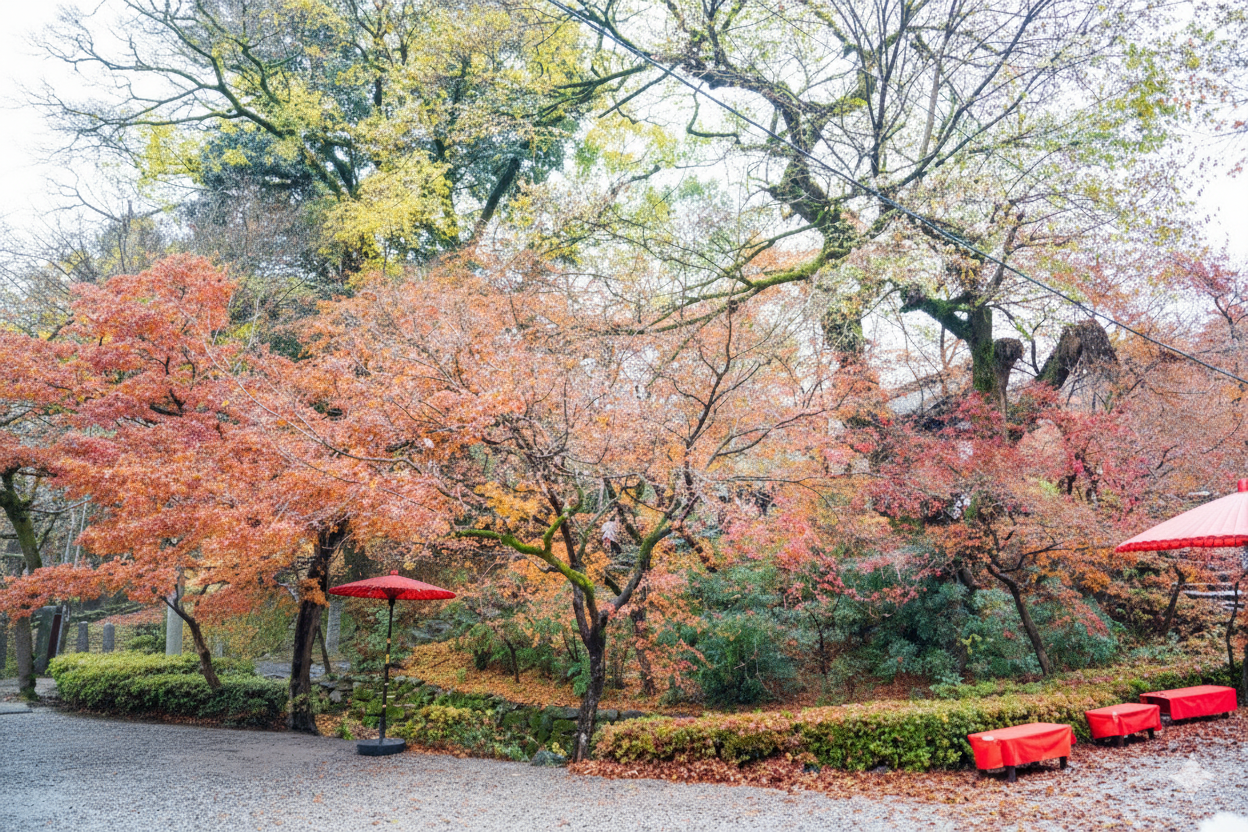Four Centuries of Storytelling: The Beauty and Tradition of Arita Porcelain
Discover the timeless beauty of Arita porcelain, Japan’s first true porcelain with 400 years of history. A must-see stop on your Japan travel, where tradition and modern design meet at the Arita Sera complex in Saga.
Four centuries in a single breath.
— goenhub (@goenhub) October 20, 2025
The quiet beauty of Arita porcelain — where fire, earth, and time become art.
✨ Watch the full film: [link]#AritaPorcelain #JapanTravel #QuietBeauty #JapaneseCraftsmanship #SagaJapan pic.twitter.com/xyfQk7vK1X
Origins and History of Arita Ware
The Legacy of Yi Sam-pyeong: The Potter Who Brought Porcelain to Japan
The story of Arita porcelain traces back to the early 17th century, when Japan’s first porcelain is said to have been born.
According to long-held tradition, this remarkable beginning is attributed to Yi Sam-pyeong, a Korean potter who came to Japan in the early Edo period.
Around 1616, he is believed to have discovered porcelain stone in Izumiyama, located in today’s Arita, Saga Prefecture, and established techniques for producing porcelain.
This innovation marked the birth of a new era — one that introduced the luminous, translucent beauty of white porcelain to Japan.
While the exact date and historical details of Yi Sam-pyeong’s achievements are not fully verified, his name remains inseparable from the origins of Japanese porcelain.
His legacy symbolizes the turning point that transformed Japan’s ceramic tradition forever.
The Edo Period: The Rise of “Imari Ware”
Soon after its birth, porcelain from Arita became widely known under the name “Imari ware.”
This was because porcelain produced in Arita was shipped through the nearby port of Imari, which became its commercial gateway to the world.
By the mid-17th century, distinctive decorative techniques such as sometsuke (blue-and-white painting) and akae (overglaze enamels in red, green, and yellow) flourished.
These richly colored designs reflected the vibrant culture of the Edo period and quickly gained favor among nobles and wealthy merchants.
Through trade with the Dutch East India Company, Arita porcelain found its way to European royal courts, where it was treasured as a luxury item.
Thus, Arita ware became Japan’s first globally recognized ceramic brand.
From the Meiji Era Onward: The Birth of the Name “Arita Ware”
In the Meiji period (late 19th century), the term “Arita ware” began to be used more widely, replacing the earlier “Imari ware.”
This shift reflected a growing awareness of local identity and pride in the Arita production area itself.
As Japan modernized, mechanization reached Arita’s kilns, while traditional handcrafting techniques continued to thrive.
Arita ware evolved into both an art form and a practical craft, appreciated not only in Japan but also by collectors and connoisseurs abroad.
Through these transitions, Arita established its enduring place as one of Japan’s most celebrated traditional crafts.
Characteristics and Techniques of Arita Porcelain
Japan’s First True Porcelain: Made from Porcelain Stone
Arita ware is regarded as Japan’s first true porcelain, made from a special mineral known as porcelain stone (touseki).
According to tradition, Yi Sam-pyeong discovered this material in 1616 in Izumiyama.
When fired at high temperatures, porcelain stone becomes non-absorbent, hard, and lustrous — creating the distinctive translucent whiteness that defines Arita porcelain.
Before this innovation, Japan’s ceramics were primarily earthenware or stoneware.
The emergence of porcelain represented a technological and artistic breakthrough that allowed Japan to enter a new realm of craftsmanship — one that balanced beauty and durability.
The Beauty of Overglaze Enamels: From Ko-Imari to Kakiemon
One of Arita’s greatest artistic contributions lies in its overglaze enamel decoration.
Early works featured blue paintings on white backgrounds (sometsuke), but from the mid-17th century, artisans began using vibrant enamels in red, green, yellow, and purple — creating what later became known as Ko-Imari style.
These vividly painted porcelains were highly prized in Europe.
Among them, the Kakiemon style stands out as a hallmark of elegance.
Developed in the mid-Edo period, it features delicate, painterly designs of birds, flowers, and natural motifs rendered in bright red and green on a soft milky-white surface.
Its refined aesthetics have influenced porcelain art across centuries and continents.
A System of Specialized Craftsmanship
Production of Arita porcelain developed into a highly specialized division of labor.
Each step — from quarrying the porcelain stone to forming, bisque firing, glazing, painting, and final firing — was handled by different artisans.
This system, established during the Edo period, enabled consistent quality and large-scale production.
It also nurtured exceptional craftsmanship, allowing each artisan to master a specific technique, resulting in works of remarkable precision and artistry.
Arita’s Global Influence and Recognition
A Global Sensation: The Age of Export Porcelain
From the mid-1600s onward, Arita porcelain was exported to Europe through the Dutch East India Company.
At a time when porcelain was a rare luxury in the West, Arita’s fine white body and elaborate designs captivated royalty and aristocrats alike.
These exports not only brought fame to Japan but also influenced the early porcelain industries of Europe.
Arita’s durability and exquisite craftsmanship made it a model for quality that crossed oceans and cultures.
Arita and Meissen: A Story of Inspiration and Exchange
In the early 18th century, Meissen, Europe’s first porcelain manufactory, was founded in Germany.
It is said that the beauty of Japanese porcelains — especially those from Arita — inspired Meissen’s early works.
European collectors, including Augustus the Strong of Saxony, passionately collected Japanese Imari pieces, and these collections helped spark Europe’s porcelain revolution.
While there is no evidence of direct technical exchange, the artistic influence of Arita ware is widely acknowledged.
In 1979, Arita and Meissen became sister cities, cementing a relationship that continues today through cultural and artistic exchange.
Their enduring friendship stands as a bridge between Eastern and Western porcelain traditions.
Arita Ware as a Symbol of Japanese Aesthetics
Arita porcelain embodies the essence of Japanese craftsmanship and beauty — harmony, precision, and refinement.
It represents not only functional “beauty in use,” but also an art form deeply connected to nature and time.
Each piece, shaped by countless skilled hands, carries within it the spirit of Japanese artistry that continues to inspire the world.
The Modern Spirit of Arita Ware
Tradition Meets Modern Design
Even after 400 years, Arita porcelain continues to evolve.
A new generation of potters and designers is reinterpreting its heritage with minimalist and contemporary sensibilities.
Their creations blend timeless craftsmanship with modern functionality, expanding Arita’s appeal from traditional dining ware to interior art and lifestyle design.
A Living Industry and Cultural Hub
Arita today remains a vibrant production center.
Kilns and studios welcome visitors through workshops and factory tours, while local initiatives connect tradition with tourism.
Digital marketplaces and international collaborations further extend Arita’s reach, ensuring that both the craft and the community continue to thrive.
The Next Generation of Artisans
Young ceramic artists are playing an essential role in Arita’s renewal.
They respect their heritage yet embrace innovation, integrating personal expression and global perspectives into their work.
Their efforts are reshaping Arita ware for the next century — proof that tradition lives on through creativity.
Toward a Sustainable Craft
In recent years, sustainability has become a key focus.
Efforts to recycle materials, reduce waste, and adopt eco-friendly kilns are underway.
Arita’s commitment to environmental responsibility demonstrates that true craftsmanship evolves with the times while remaining faithful to its roots.
Experience Arita Today: The World of Arita Sera
For those wishing to experience the living world of Arita porcelain, Arita Sera is an essential destination.
Located in Arita, Saga Prefecture, this expansive complex — formerly known as the Arita Ceramic Wholesale District — serves as a modern gateway to the world of porcelain.
Spanning roughly 20,000 tsubo (about 66,000 m²), Arita Sera hosts around 20 specialty shops, galleries, and showrooms that showcase everything from traditional masterpieces to cutting-edge contemporary design.
Restaurants, cafes, and a hotel complete the setting, inviting visitors to see, select, and experience the essence of Arita ware in one place.
(Official site: https://www.arita.gr.jp/)
Beyond shopping, Arita Sera is also a cultural hub — hosting exhibitions, artist collaborations, and events featuring new-generation creators.
It beautifully represents Arita’s philosophy of “tradition and innovation in harmony,” making it the perfect place to feel the living pulse of this 400-year-old art form.
When visiting, stroll through the galleries, talk with the artisans, and hold a piece of porcelain in your hands — you will sense both the heritage and the quiet passion that continue to define Arita’s spirit.
Conclusion
For over four centuries, Arita porcelain has reflected Japan’s quiet beauty and devotion to craftsmanship.
Though its origins are wrapped in legend, its legacy is undeniably real — a story of skill, resilience, and artistry passed from hand to hand.
As tradition meets innovation, Arita continues to shine as a symbol of Japan’s timeless aesthetics — a porcelain that tells not only of history, but of the enduring bond between beauty and humanity.
Share this story
Quiet details for everyday life — designed to bring a sense of calm and balance to your space.
